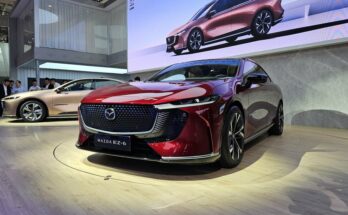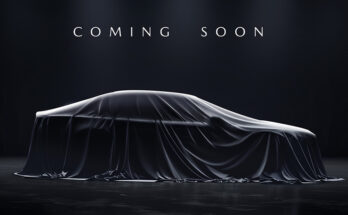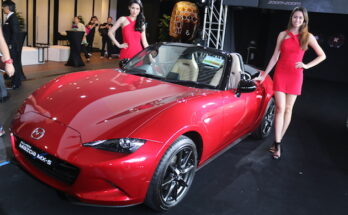Given the market mania surrounding Toyota, Honda, Suzuki, and to a lesser extent Nissan and Mitsubishi, Mazda is likely the least discussed Japanese brand in our country. Few people are aware, though, that Mazda vehicles were hugely popular in Pakistan during the 1960s, 1970s, and 1980s, and that their decline began in the early 1990s when import restrictions were implemented in an effort to support the local industry. It’s another debate that even after more than 30 years the local auto industry remains in its infancy.
Related: 10 Interesting Facts About KIA
Originating from the city of Hiroshima, Mazda is known the world over for making consistently great cars, both for the road and for the racetrack. Cars like Mazda RX-8, RX-7, and older ones like the Familia, 323, 626, and 929 were loved by many people in Pakistan who had a strong association & loyalty with the Mazda brand. As not many people are aware of the 8 unique facts listed below, if you are a Mazda enthusiast, you may find them fascinating.
The Name Mazda has Ancient Origins
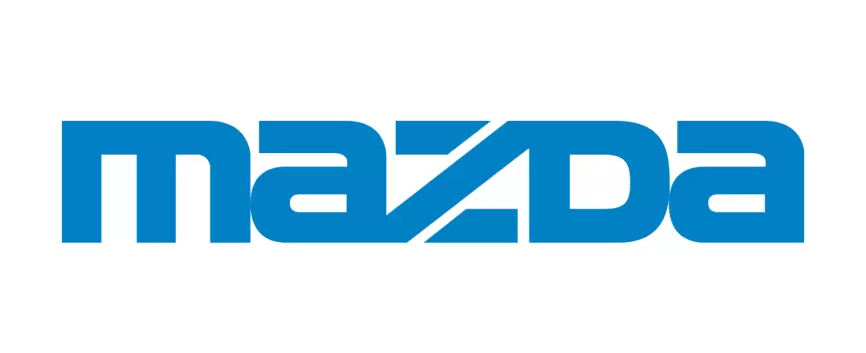
Despite being a fully Japanese manufacturer, Mazda’s name has a totally distinct (and far older) history. Ahura Mazda, a Zoroastrian sky god, is the source of the name Mazda. Zoroastrian doctrine places a high priority on Ahura Mazda. He is revered as the creator god and frequently invoked during the Yasna ceremony, which is the primary Zoroastrian act of worship. Another intriguing paradox is that Jujiro Matsuda, one of the company’s early key executives, also has a name that sounds similar to Mazda!
Initially, Mazda Was Not a Car Company
As a company, Mazda in its initial years used to produce and market cork. There were several cork trees in the vicinity of Mazda in Hiroshima by nature. This was put to excellent use by the original Mazda company, which produced a variety of cork goods with a wide range of potential uses.

Many earlier automakers began by producing something else before switching to automobiles. Just a few instances of automakers that first produced other products include Rover, Peugeot, Kia, Suzuki, Toyota, and even Lamborghini. The fact that Mazda followed this course as well is less generally recognized.
Mazda Didn’t Invent the Rotary Engine
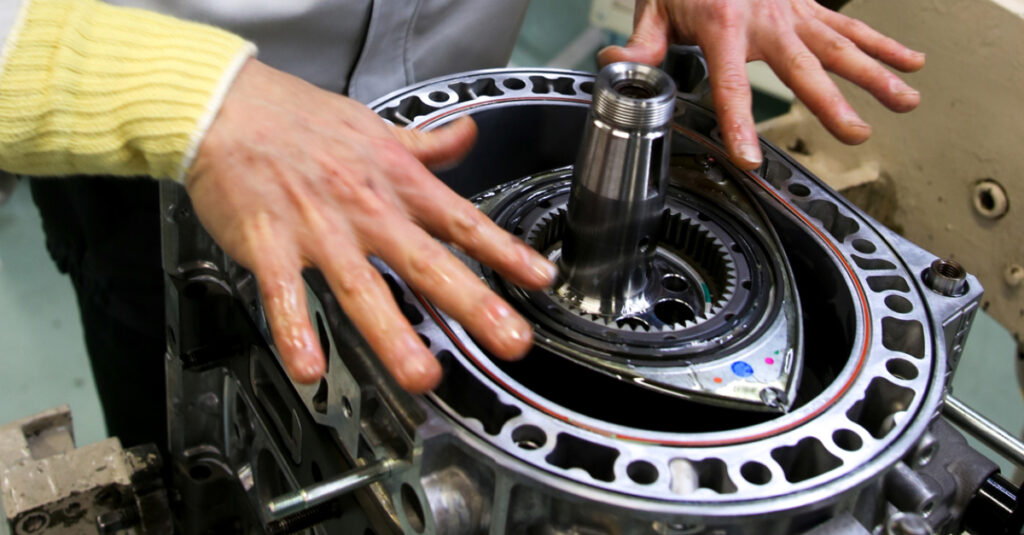
The rotary engine is among the features that auto enthusiasts most frequently relate to Mazda. Several of Mazda’s most renowned road and race cars have this odd, unusual engine architecture. This comprises the first-generation Cosmo, every RX-7 iteration, the enormous 787B, and the RX-8. However, the rotary engine’s birthplace is as remote from Japan as you might imagine. It was originally created by German engineering genius Dr. Felix Wankel, who was self-taught. The engine’s initial prototype was constructed in the 1950s. By the 1960s, it had been incorporated into a production car, the NSU Wankel Spider.
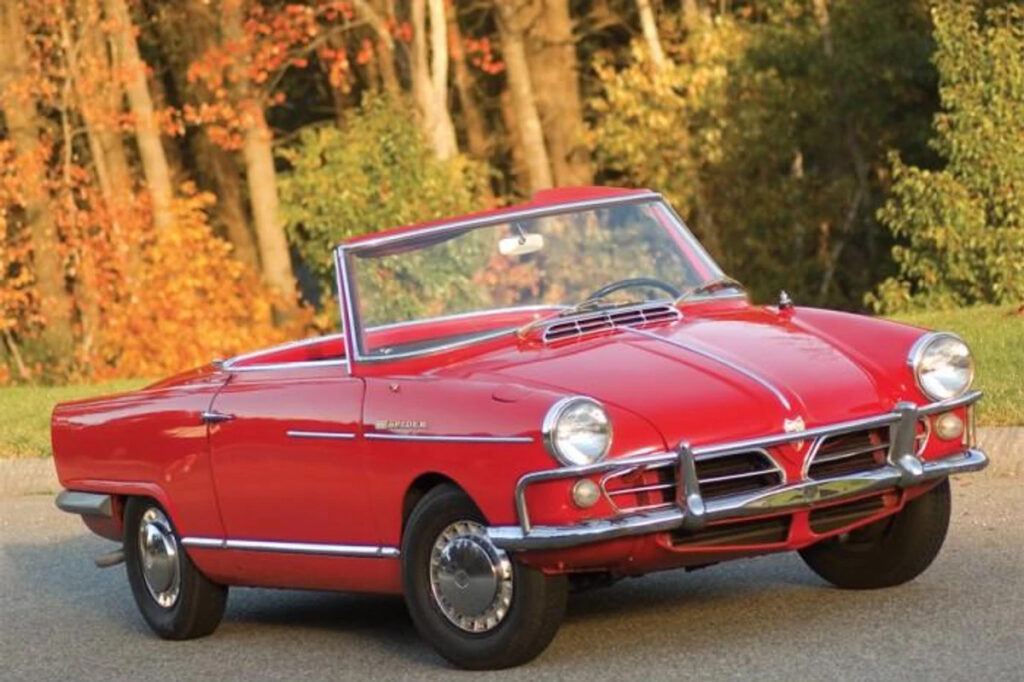
So where did Mazda get the rotary engine from? In 1963, it was successful in obtaining the right to manufacture the rotary engine under license. At this time, Mazda’s engineers began to work on the design, perfecting it and successfully eradicating nearly all of the problems NSU had with it. Since the first Cosmo was a resounding success, Mazda has come to be linked with this distinctive engine.
Mazda’s MX-5 Miata is the Best-Selling 2-Seater Sports Car in History
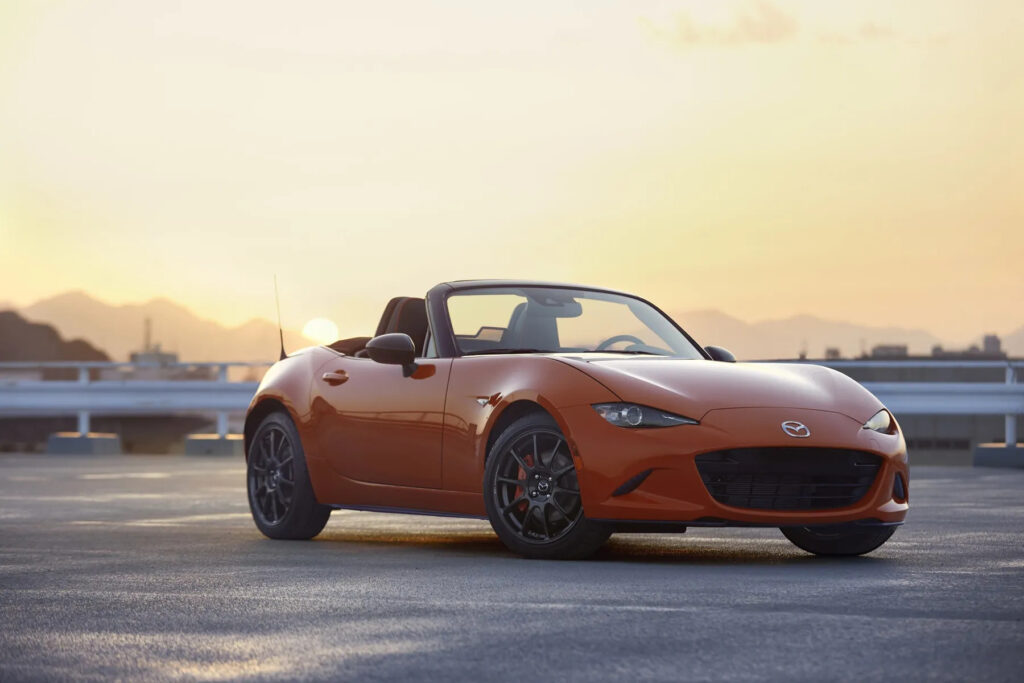
One of Mazda’s most well-known and cherished vehicles is the MX-5 Miata. Since 1989, it has been a mainstay of the Mazda model lineup, and it doesn’t seem like it will disappear any time soon. Its vintage Lotus-style concept of lightweight driving enjoyment, minimal operating expenses, and unfailing dependability is what has won over so many people. The MX-5 is so well-liked that it currently holds the Guinness World Record for being the most popular two-seat sports automobile ever sold!
The First Japanese Car to Win the 24 Hours of Le Mans was a Mazda
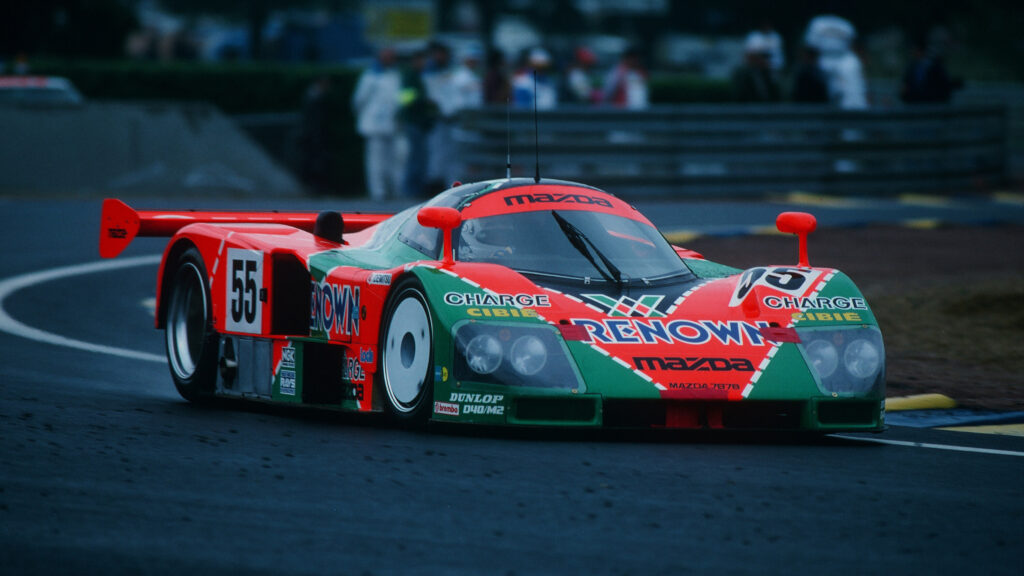
There’s a solid reason why the Mazda 787B is one of the most admired vehicles Mazda has ever produced. Early in the 1990s, the 787B was a formidable competitor in the World Sports Car Championship. It had an ear-splitting scream unmatched by any other vehicle in its class because it was the only one in its class to have a rotary engine! With an overall victory in the 59th running of the 24 Hours of Le Mans in 1991, it also accomplished one of Mazda’s most remarkable feats in racing! It is the first Japanese vehicle to win the overall race, as well as the only vehicle powered by a rotary engine. It was driven by Bertrand Gachot, Volker Weidler, and Johnny Herbert.
The Only Rotary-Engined Vehicle Available Right Now is a Mazda

It’s no denying the fact that Mazda’s history and heritage are strongly influenced by the rotary engine. As a result, when the RX-8 was discontinued in 2012, many people were upset to learn that it had been temporarily killed off. But Mazda startled the world in 2023 by bringing back the rotary engine! A tiny rotary engine acts as a range extender for the hybrid Mazda MX-30 R-EV to keep its batteries charged. According to Mazda, rotary engines would be the ideal option for a range extender engine since they can be much more compact and have significantly less vibration than conventional internal combustion engines.

While the rotary engine in the MX-30 R-EV never powers the wheels, the fact that anything with a rotary engine is on the market at all is impressive. Now that Mazda has reintroduced the rotary engine, aficionados are clamoring for them to develop a new rotary sports vehicle. We never know what may occur in the future.
The Current Mazda Logo is Supposed to Look Like An Owl
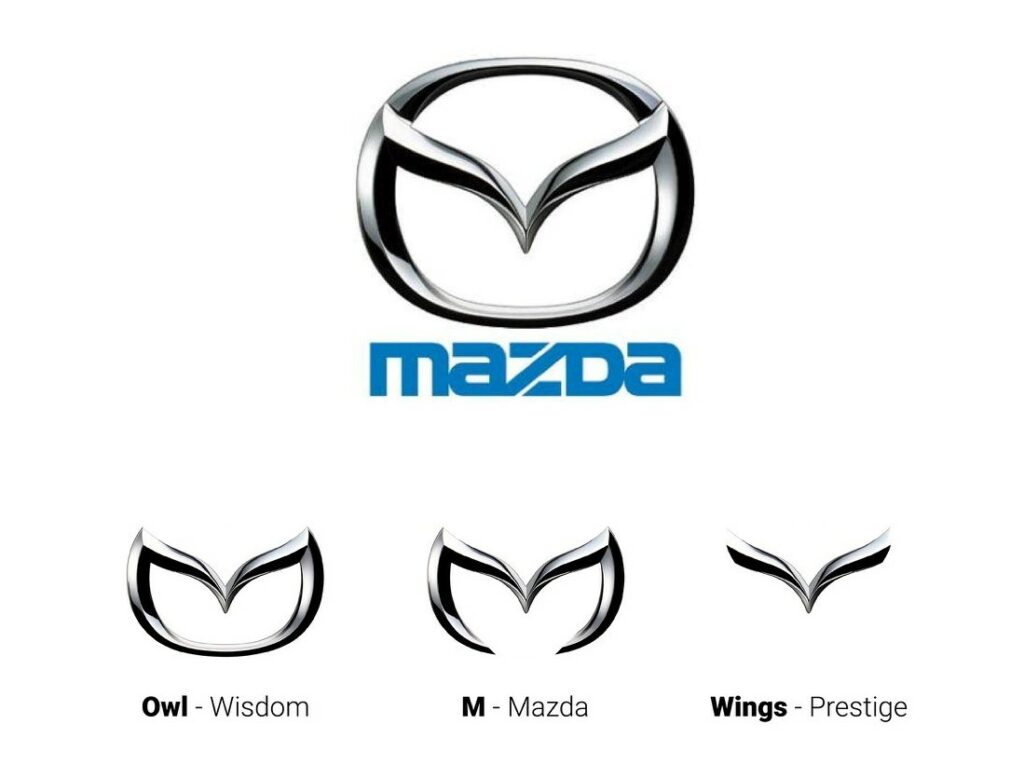
 Mazda’s iconic logo is one of its most distinguishing visual features. It has an abstract appearance, but almost everyone recognizes a Mazda just by looking at it. People have occasionally pondered what inspired the design. According to the man who designed the logo, it’s supposed to resemble an owl! The design radiating from the center is meant to symbolize two open wings, representing Mazda’s desire to “expand its wings for the future.”
Mazda’s iconic logo is one of its most distinguishing visual features. It has an abstract appearance, but almost everyone recognizes a Mazda just by looking at it. People have occasionally pondered what inspired the design. According to the man who designed the logo, it’s supposed to resemble an owl! The design radiating from the center is meant to symbolize two open wings, representing Mazda’s desire to “expand its wings for the future.”
Mazda Survived the Nuclear Attacks
Being founded in Hiroshima, you may anticipate learning that Mazda had significant losses as a result of the atomic bomb that was unleashed on the city during World War II. Given how severely the impacts of it were felt in Hiroshima, that wouldn’t be an unrealistic assumption. The company, however, managed to survive the attack with little damage. Mazda was actually located behind a tiny mountain called Ogonzan, not far from the main city. As a result of its location away from the main city and the mountain separating it, Mazda was spared from the effects of the deadly atomic blast.

A computer animation professional with over 23 years of industry experience having served in leading organizations, TV channels & production facilities in Pakistan. An avid car enthusiast and petrolhead with an affection to deliver quality content to help shape opinions. Formerly written for PakWheels as well as major publications including Dawn. Founder of CarSpiritPK.com

